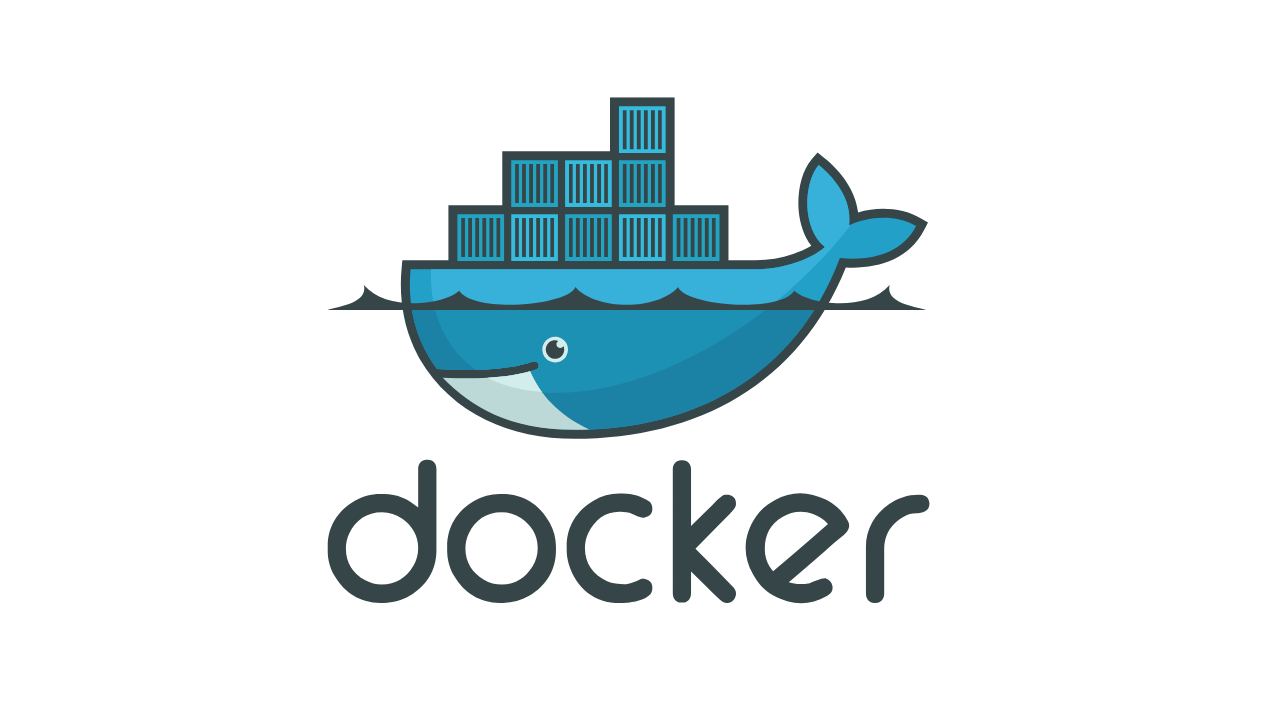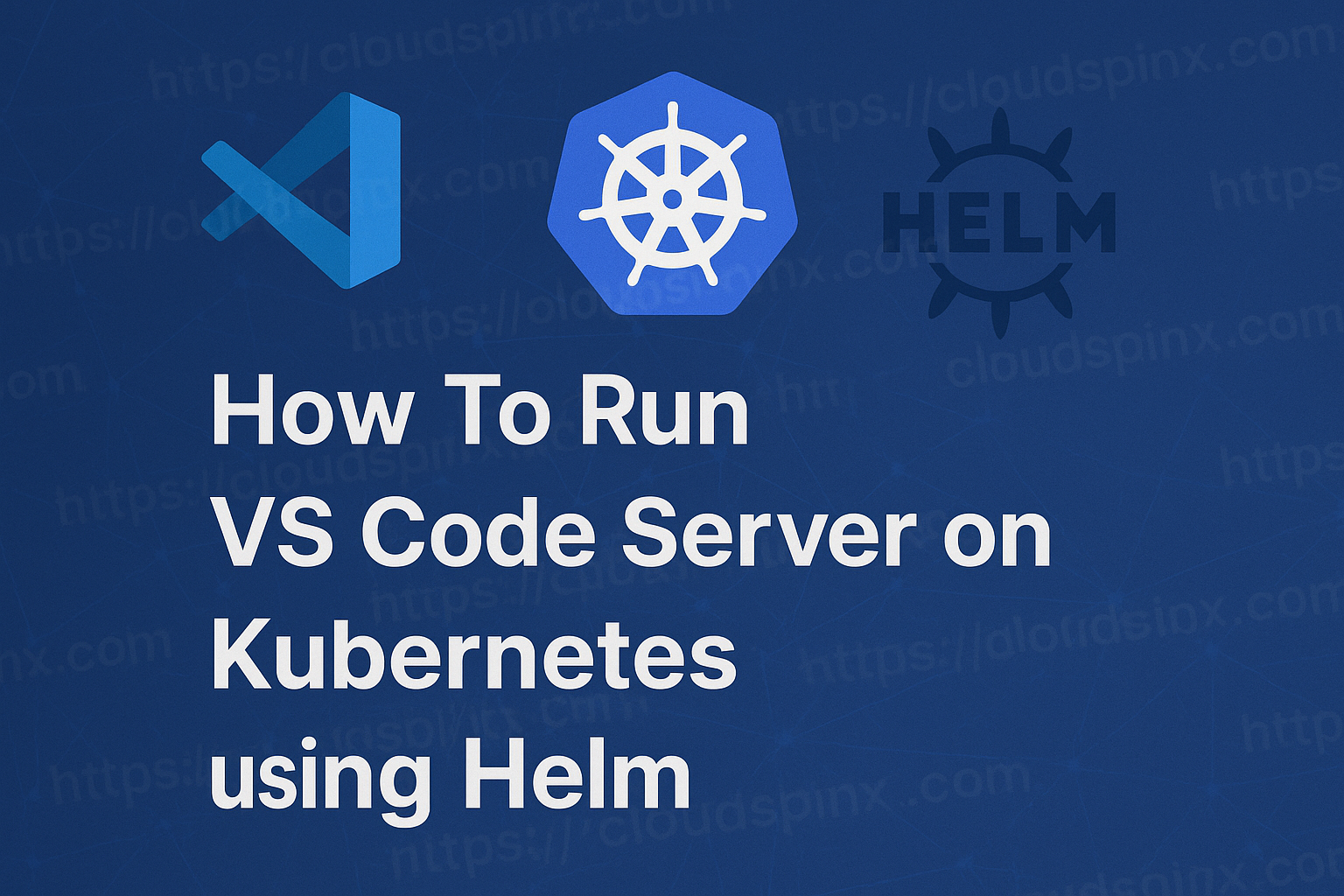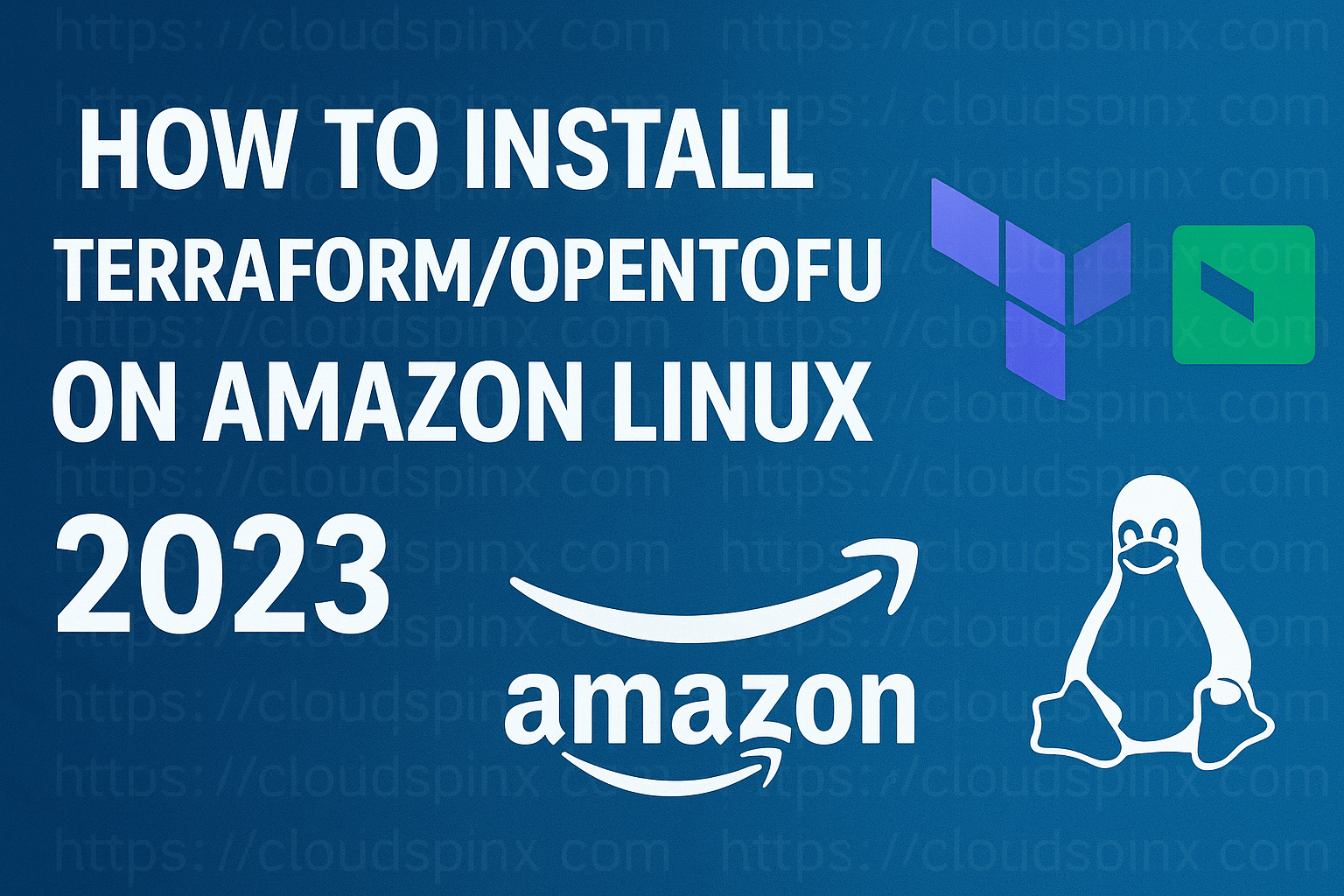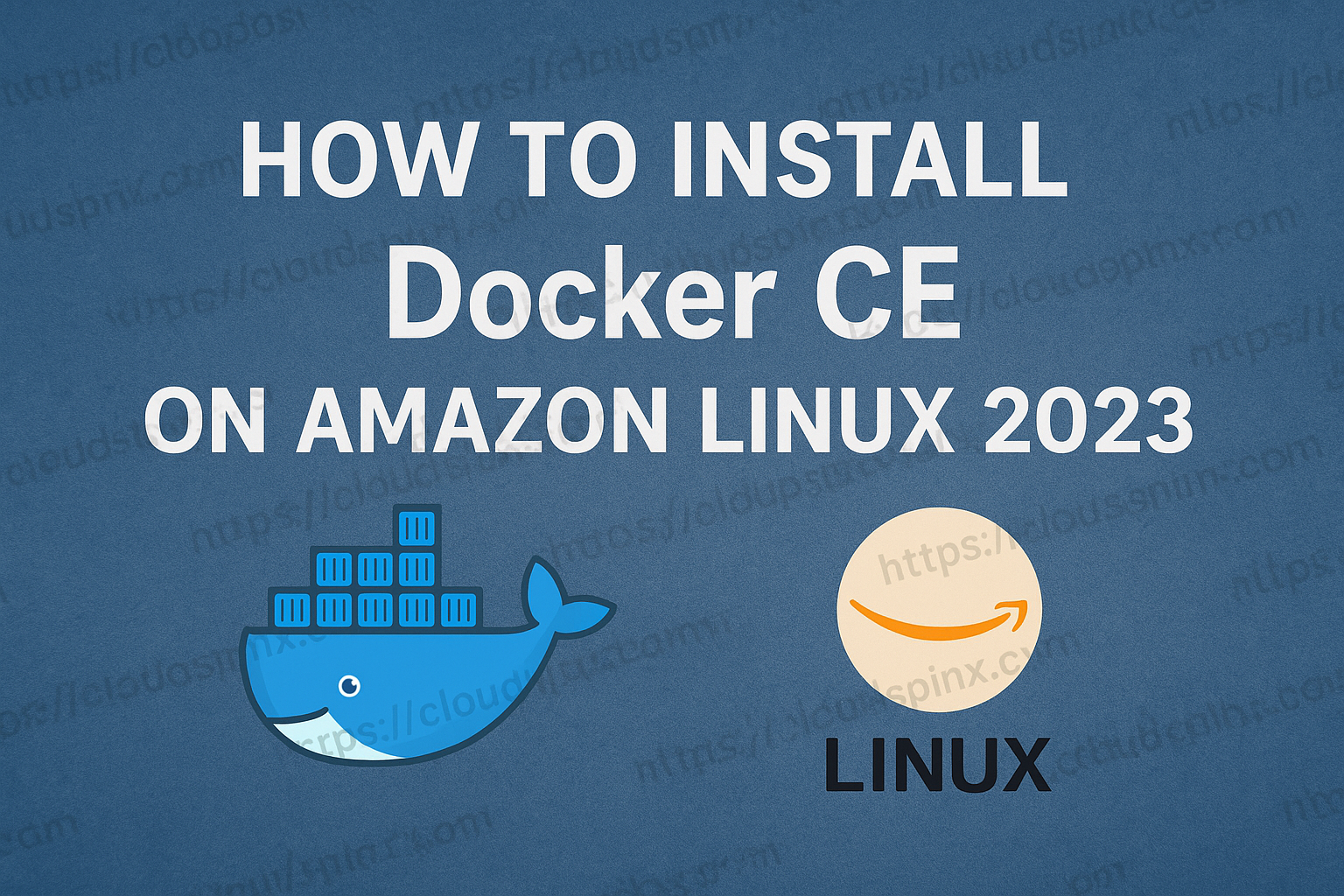Containerization is a technology that enables you to package your application and all its dependencies in a “container image”. The container image will often have base operating system, application files and folders, required libraries, volume mount points, environment variables and all application binaries.
You can have multiple containers running from the same image since container image is a template for execution. All containers will share same behavior, unlocking the powers of application scaling and distribution without worries of the underlying infrastructure. Container images can be stored in a local or remote registry for easy distribution.
A running instance of container is managed by a container runtime. There are multiple container runtimes, and the most popular is Docker Engine. Interaction with Docker container runtime is possible through the “docker” command.
Below are the three primary components of a container architecture; client, runtime and registry.
Working With Docker Containers & Images in Linux
Now that we have all the basics required to work with Docker Containers let’s see commands to manage images and containers.
You’ll need installed and running Docker Engine for all these exercises.
Install Docker on Ubuntu:
sudo apt-get update
sudo apt-get install software-properties-common ca-certificates curl apt-transport-https gnupg-agent -y
curl -fsSL https://download.docker.com/linux/ubuntu/gpg | sudo gpg --dearmor -o /etc/apt/trusted.gpg.d/docker-archive-keyring.gpg
sudo add-apt-repository "deb [arch=amd64] https://download.docker.com/linux/ubuntu $(lsb_release -cs) stable"
sudo apt-get update
sudo apt-get install docker-ce docker-ce-cli containerd.io -y
sudo usermod -aG docker $USER
newgrp dockerInstall Docker on Debian:
sudo apt-get update
sudo apt-get install software-properties-common ca-certificates curl apt-transport-https gnupg-agent -y
curl -fsSL https://download.docker.com/linux/debian/gpg | sudo gpg --dearmor -o /etc/apt/trusted.gpg.d/docker-archive-keyring.gpg
sudo add-apt-repository "deb [arch=amd64] https://download.docker.com/linux/debian $(lsb_release -cs) stable"
sudo apt-get update
sudo apt-get install docker-ce docker-ce-cli containerd.io -y
sudo usermod -aG docker $USER
newgrp dockerInstall Docker on Fedora:
sudo dnf -y install dnf-plugins-core
sudo dnf config-manager --add-repo https://download.docker.com/linux/fedora/docker-ce.repo
sudo dnf install docker-ce docker-ce-cli containerd.io -y
sudo systemctl start docker && sudo systemctl enable docker
sudo usermod -aG docker $USER
newgrp dockerInstall Docker on CentOS:
sudo yum install -y yum-utils
sudo yum-config-manager --add-repo https://download.docker.com/linux/centos/docker-ce.repo
sudo yum install docker-ce docker-ce-cli containerd.io -y
sudo systemctl start docker && sudo systemctl enable docker
sudo usermod -aG docker $USER
newgrp dockerShow the docker CLI version:
docker versionWorking With Docker Images
Our first section will be on working with Docker Containers.
1. Build an image from Dockerfile
Command execution syntax is:
docker build -t [username/]<image-name>[:tag] <dockerfile-path>This command will build an image called myimage from a Dockerfile located in current working directory:
docker build -t myimage:latest .2. Push an image to registry
Log in to a Docker registry:
docker login [registry]The commands for pushing an image to registry are:
docker push [registry/][username/]<image-name>[:tag]3. List the images
To list container images use the commands:
docker images4. Tag and image
This is a command I’ll run to create an image called “myimage” with the tag “v1” for the image alpine:latest
docker tag alpine:latest myimage:v1Then you can create a new image specifying the “new tag” from an existing image and tag:
docker tag <image-name>[:tag][username/] <new-image-name>.[:new-tag]To create a new image with the latest tag:
docker tag <image-name> <new-image-name>5. Remove an image from the local registry
The command to use is:
docker rmi [username/]<image-name>[:tag]6. Exporting and importing an image to an external file
Export the image to an external file:
docker save -o <filename>.tarImport an image from an external file:
docker load -i <filename>.tar7. Check the history of an image
Check the history of myimage image
docker history myimageWorking With Docker Containers
Below are some helpful commands when working with Containers in Docker.
1. Run a container in interactive mode
Below command will run a bash shell inside an image:
docker run -it ubuntu bash 2. Run a container in detached mode
Using -d runs the container is detached mode.
docker run --name mynginx -d -p 80:80 nginx:latest3. Running detached container with mounted local folders inside the container
Running detached container with mounted folders:
docker run --name mynginx-volume -d \
-p 80:80 \
-v myfolder/:/usr/share/nginx/html/ \
nginx:latest4. Listing Containers
List all containers
docker ps -aList only active containers:
docker ps5. Stopping a container
Stop a container
docker stop [container-name|container-id]Stop a container (timeout = 2 second):
docker stop -t16. Follow the logs of a specific container
Command usage:
$ docker logs -f [container-name|container-id]
# Example
$ docker logs -f mynginx7. Run a detached container in a previously created container network
Commands:
docker network create mynetwork
docker run --name mynginx-net -d --net mynetwork -p 80:80 nginx:latest8. Execute a new process in an existing container
Execute and access bash inside mynginx container:
docker exec -it mynginx bash9. Removing Containers
Removing a stopped container:
docker rm [container-name|container-id]Force stop and remove a container:
docker rm -f [container-name|container-id]Remove all stopped containers:
docker rm $(docker ps -q -f "status=exited")Remove all containers:
docker rm -f $(docker ps -aq)10. Start an existing container
Start an existing container that was stopped called mynginx:
docker container start mynginx








